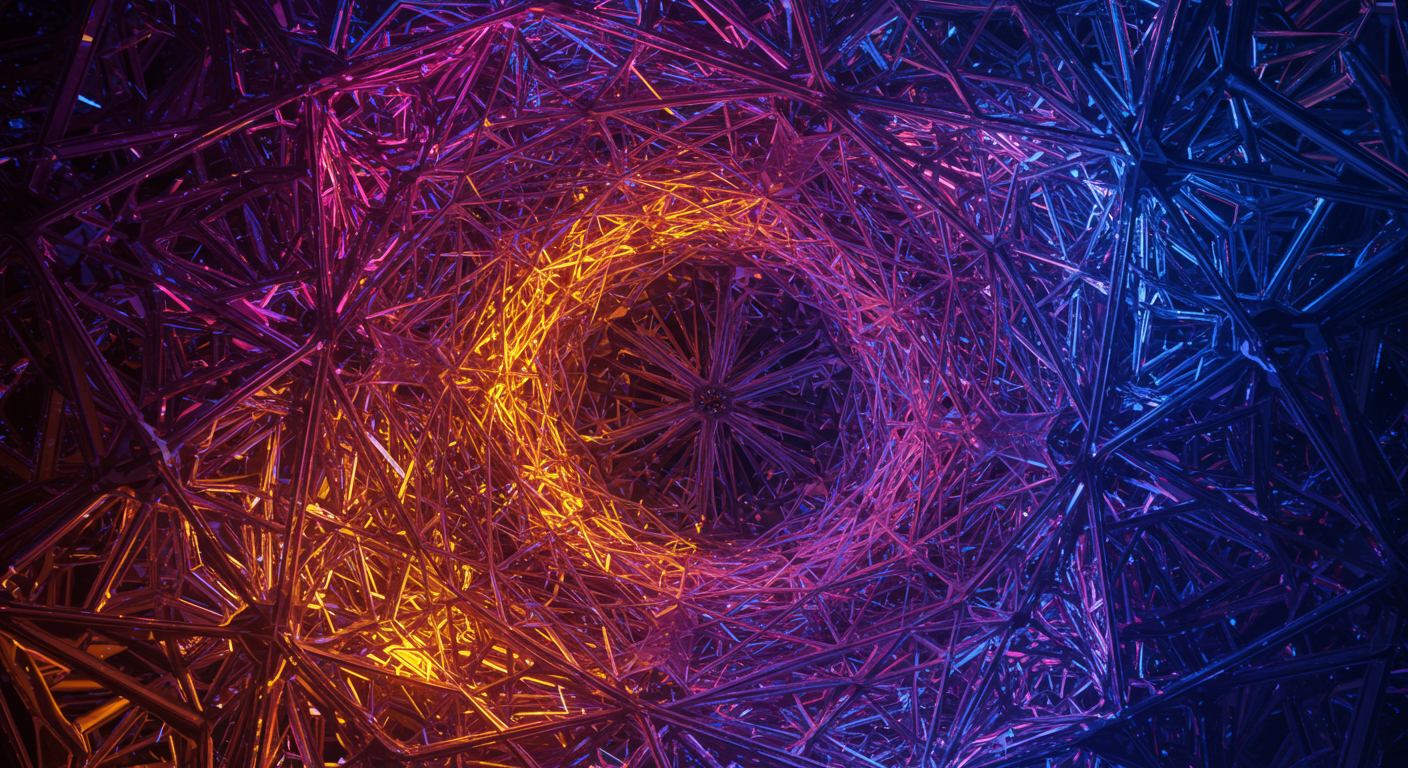In today’s digital-driven world, the term diag image has gained relevance across industries ranging from technology and healthcare to education and design. A diag image, often short for “diagnostic image” or “diagram image,” serves as a visual representation that simplifies complex concepts. Whether used in medical imaging, software troubleshooting, or data visualization, diag images play a vital role in problem-solving and communication.
This article explores the concept of diag image, its applications, benefits, and importance in various fields while keeping the keyword density under 5%.
What is a Diag Image?
A diag image can be defined as a structured visual representation used to analyze, explain, or diagnose information. The term is versatile and may refer to:
-
Diagnostic Images: Such as X-rays, CT scans, or MRI scans used in healthcare.
-
Diagram Images: Flowcharts, schematics, and charts used in education, engineering, or business.
-
Digital Diagnostic Tools: Screenshots or system images used in IT troubleshooting.
The power of a diag image lies in its ability to transform complex data into a simple, understandable format.
Importance of Diag Image in Healthcare
One of the most critical uses of diag image is in healthcare. Medical professionals rely on diagnostic imaging technologies to detect, treat, and monitor diseases. Examples include:
-
X-rays: To identify fractures or chest infections.
-
CT and MRI scans: To visualize internal organs in detail.
-
Ultrasound images: To observe pregnancies and organ health.
Without diag images, diagnosing conditions would be far more challenging and time-consuming. These images give doctors a non-invasive way to understand what’s happening inside the human body.
Role of Diag Image in Technology
In the technology industry, a diag image can mean diagnostic images or diagrams that help with troubleshooting and system design. Some common uses include:
-
System Diagrams: Engineers use diag images to map out workflows or circuit layouts.
-
Debugging Tools: Screenshots and diagnostic logs act as diag images when identifying technical issues.
-
Data Visualization: Graphs and charts represent performance metrics clearly.
By offering clarity, diag images reduce errors and improve efficiency in both hardware and software environments.
Diag Image in Education and Learning
Teachers, trainers, and content creators use diag images to make concepts more understandable. In subjects like mathematics, science, and history, diagram images simplify learning. Examples include:
-
Mind Maps: To connect ideas visually.
-
Flowcharts: To explain processes step-by-step.
-
Infographics: To summarize data for quick comprehension.
Students benefit from diag images because they enhance memory retention and support visual learners.
Benefits of Using Diag Image
A diag image is more than just a picture—it’s a tool for effective communication. Its benefits include:
-
Simplification of Complex Ideas – Visuals break down hard-to-understand information.
-
Error Reduction – Clear diag images reduce mistakes in execution, especially in technical and medical fields.
-
Better Engagement – Diag images capture attention and maintain interest.
-
Cross-Language Understanding – A diagram can explain concepts even when language barriers exist.
Creating Effective Diag Images
Not every diagram or diagnostic picture automatically communicates well. To create useful diag images, consider these tips:
-
Clarity: Ensure the image is not overloaded with details.
-
Relevance: Focus on the problem or concept being explained.
-
Consistency: Use symbols and styles that are easy to interpret.
-
Accessibility: Provide alt-text and descriptions for digital diag images.
When designed effectively, a diag image becomes a universal tool that bridges the gap between complexity and understanding.
Future of Diag Image in AI and Technology
With advancements in artificial intelligence and machine learning, diag images are evolving. AI-driven medical diag images, for example, help radiologists detect conditions faster with higher accuracy. Similarly, in data science, AI-powered diag images visualize massive datasets in seconds, enabling faster decision-making.
As technology grows, diag images will become smarter, more interactive, and more essential to industries worldwide.
Challenges with Diag Image
While beneficial, diag images also face certain challenges:
-
Misinterpretation: Poorly designed diag images can confuse rather than clarify.
-
Data Privacy: In healthcare, sharing diagnostic images raises patient confidentiality concerns.
-
Technical Barriers: Not all individuals have the tools to create or interpret complex diag images.
Overcoming these challenges requires proper training, ethical practices, and the use of advanced visualization tools.
Real-World Examples of Diag Image
Here are some real-world applications of diag image:
-
A doctor analyzing an MRI diag image to detect early signs of a brain tumor.
-
An IT technician using diag images of system architecture to troubleshoot server issues.
-
A teacher explaining photosynthesis using a diag image of the process cycle.
-
A business analyst presenting financial growth using bar-chart diag images.
These examples highlight the versatility and universality of diag images.
Conclusion
A diag image serves as an essential tool across multiple domains. From healthcare diagnostic scans to educational diagrams and IT troubleshooting tools, diag images simplify, explain, and communicate complex data. By offering clarity and reducing misunderstandings, they help professionals and learners alike achieve better outcomes.
As the world moves toward more data-driven decision-making, the role of diag images will only grow stronger. Whether you are a doctor, engineer, teacher, or student, understanding and using diag images effectively can transform how you interpret and share information.

